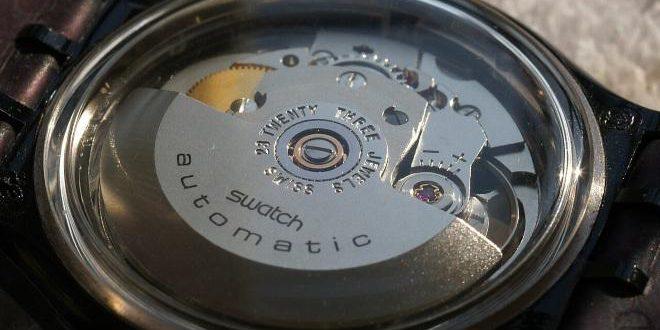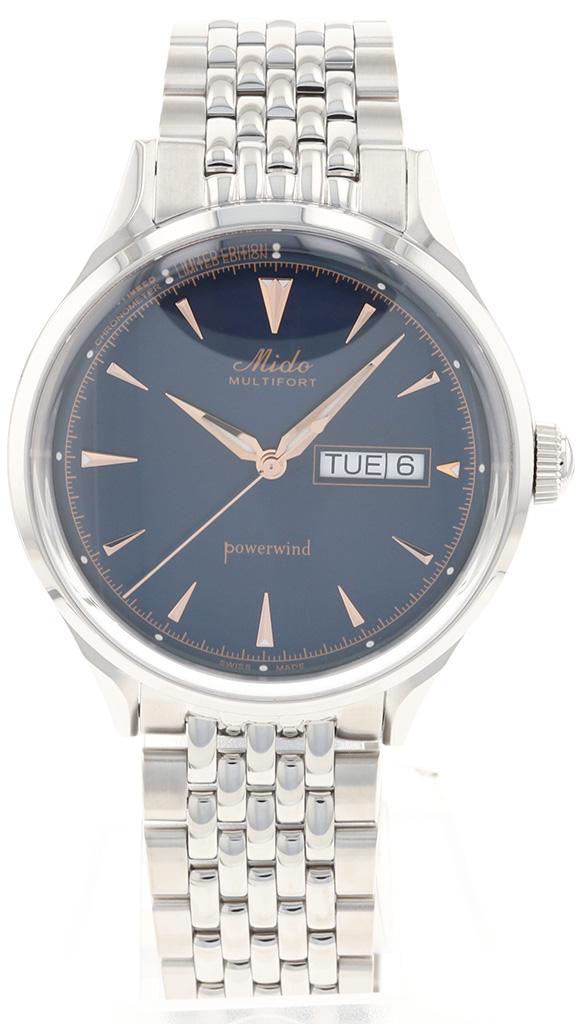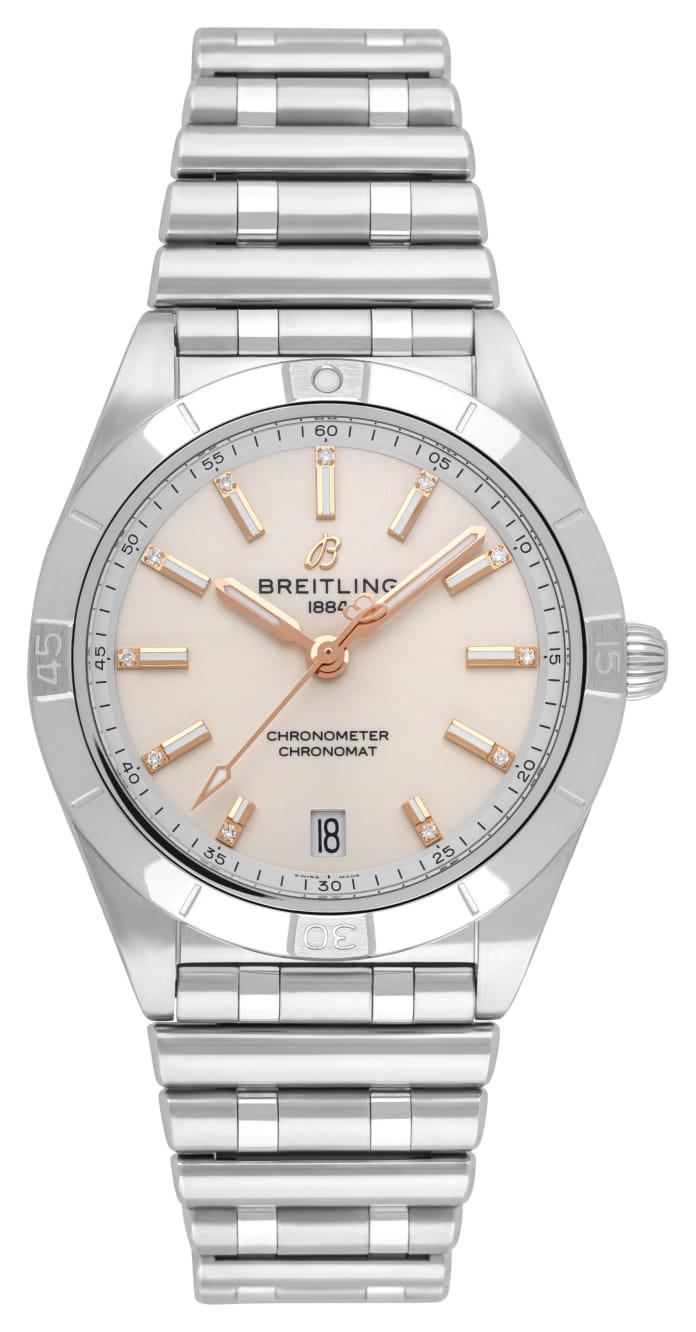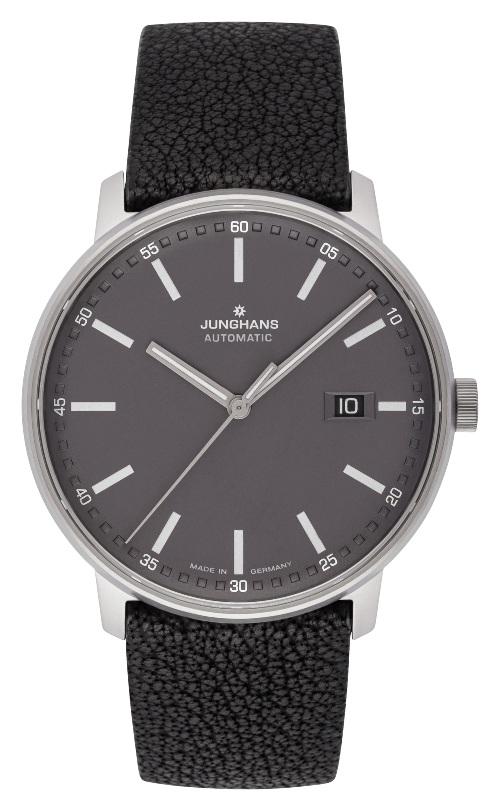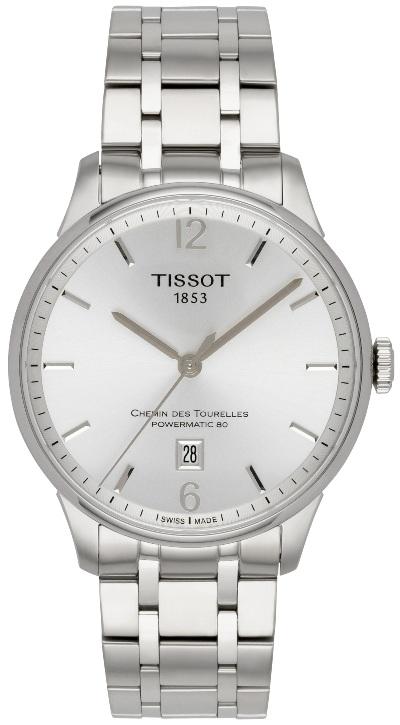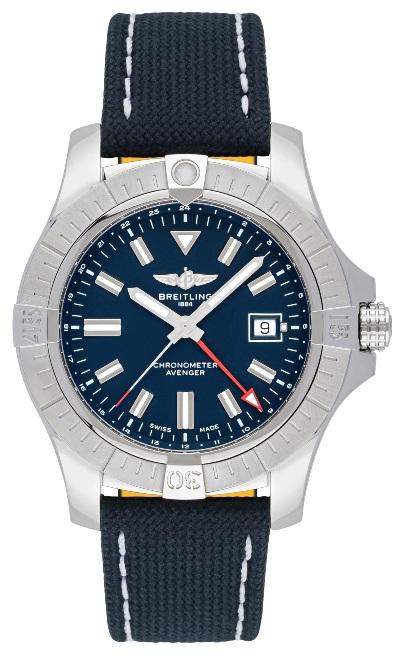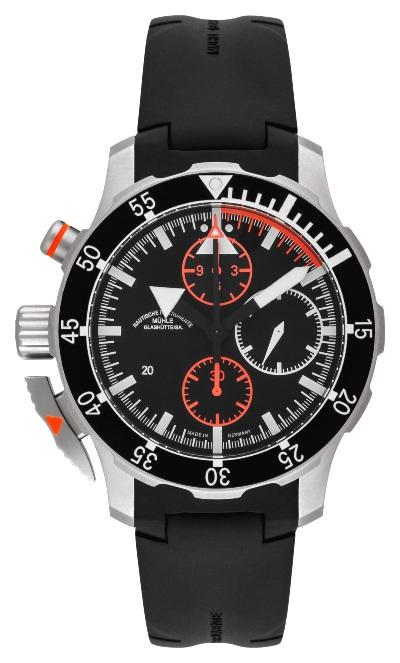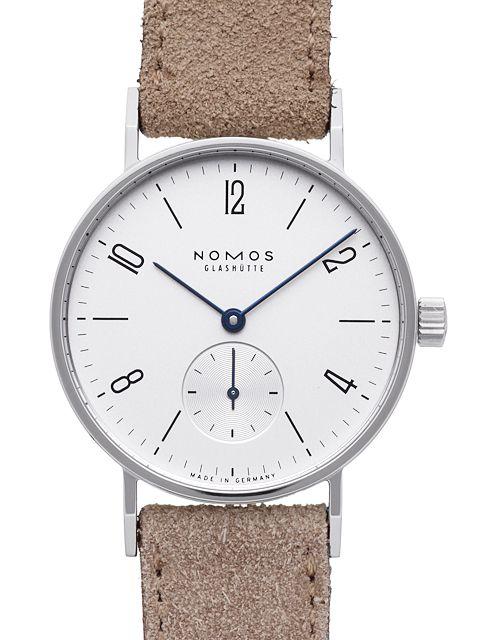A fashion watch here, a luxury watch there and the ETA 2824-2 in both? But: The quality levels of the world-famous movement manufacturer vary so that the products match the price policy of many customers. Luxury brands such as Hamilton, Fortis and Zenith also optimize raw movements so that remarkable differences characterize their collections.
Quality differences in the Mecaline collection
Fashion jewelry labels and luxury brands have one thing in common: when they want to upgrade their collections with a chronograph, they tend to opt for the 7750 caliber. However, the quality levels that are up for discussion in view of the brand identity result in considerable differences. Basically, ETA groups the caliber quality for mechanical movements as follows:
The standard and Elaboré movements have polyruby jewels, Nivarox 2 hairsprings and a gold-plated nickel balance. The standard products are regulated in two positions, while the average rate deviation is +/- 12 s/d. The Elaboré movements have a 3-layer construction and a rate deviation of +/- 7 s/d. Both movement variants are a sign of quality in ordinary watches, as the experienced manufacturer attaches great importance to solid products.
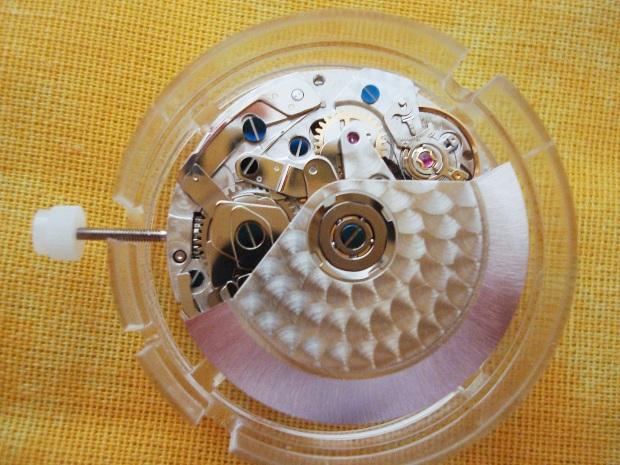
However, exclusive brands only use ETA movements of the Top and Chronomètre quality levels. They feature red ruby jewels, an Anachron balance spring and a gold-plated Glucydur balance. Both premium movements have a 5-layer design. The average rate of the top product line is +/- 4 s/d. The name suggests that the Chronomètre movements have undergone an elaborate test procedure for rate accuracy and have received chronometer certification.
Red ruby and other material differences
Traditional Swiss brands, for example, deliberately opt for the ETA 2836-2 in the Chronomètre and Top quality levels. The rubies in all product lines are synthetic corundum, which reduces friction and therefore wear on moving movement parts. A red ruby is preferred for the calibers with the Chronomètre and Top quality grades because it has smoother surfaces. The vibrant color is also more attractive than polyruby, which suits watch designs with sapphire crystal backs.
The copper alloy Glucydur is harder and more resistant than nickel. The same applies to the Anachron alloy, which is also less susceptible to magnetism than Nivarox 2. For this reason, ETA is pushing the caliber quality partly with these materials. The number of layers is also relevant to quality. Put simply, the more regulation options the movements allow in the quality levels, the smaller the position errors and consequently the rate deviations.
Support that traditional brands know how to use
You design a classy watch case and order the ETA 2892-A2 in the quality grades that are top class. Later, you insert it into the prepared case and add a classy strap – and your luxury collection is complete. The craft of watchmaking is not that simple. Even complete movements usually arrive as a kit because watch manufacturers want to realize their functional and aesthetic design ideas.
Modified body shells
Ambitious brands prefer the raw movement – known as an ébauche in technical jargon. It is supplied incomplete so that the escapement, balance spring, balance, mainspring and hands can be modified, as well as the dial. It is also common for watch brands to order modified special movements or to develop a market innovation together with the movement manufacturer. The leeway outlined above makes it clear that the ETA caliber quality defines the quality of a wristwatch less than the expertise of the watch manufacturer.
ETA 2824-2: a perennial favorite in many quality levels
The ETA 2824 was introduced in many quality levels back in the 1970s and became a successful model. The same applies to the revised version, which has been popular since the 1980s. The robust and precise 2824-2 automatic movement is characterized by 28,800 vibrations per hour (4 Hz), Incabloc shock protection, bidirectional winding central rotor, 25 jewels and date window. The typical power reserve is 42 hours.
The Breitling Caliber 17 is known to modify the tried-and-tested ETA caliber. However, the quality of the manufacture movement has been significantly refined. Together with the movement manufacturer, Tissot developed the Powermatic 80 (ETA C07.11) based on the 2824-2. It features a sicilium balance spring and an 80-hour power reserve. Hamilton drew inspiration for the H-10 manufacture caliber from this further development of the ETA 2824.
ETA 2836-2: a price hit for many quality levels
Since their debut in 1982, these ETA movements have been in demand in many quality levels because, in addition to 25 jewels, a ball-bearing rotor, Novodiac shock protection and a reserve of around 42 hours, they also offer plenty of additional functions. As standard, the ETA 2836-2 has date and day displays on board. If required, it can easily be equipped with a GMT function. Tissot and Oris, for example, used these attractive calibers. When it came to quality levels, the premium brands certainly reached for the stars, which are appreciated for their excellent product philosophy and their heart for moderate budgets.
ETA 2892-A2 – ideal for slim watch design in many quality levels
2892-A2 movements have been common in all quality levels since 1975 – especially the high-priced versions. The second edition of the 2892 took its place in 1984 and the 2892-A2 variant was added in the 1990s. Although the quality of the automatic winding of the ETA caliber is often criticized, it is successful due to its flat design. It looks good on elegant wristwatches and makes it easier to add complications.
The compact caliber has a date display, 21 jewels and typically a 50-hour power reserve. The related 2893-2 scores with a second time zone and 24-hour hand. These ETA movements were used by Fortis or Zenith in the quality levels for high demands. Omega even used them for some Seamaster Diver references.
Chronograph caliber 7750 – the stepping stone to the chronograph in many quality levels
While automatic movements established themselves early on in classic wristwatches, manual winding was present in chronographs for a long time. This delay was partly due to the fact that there were initially no ETA movements available in quality levels that were convincing. In the 1970s, the ETA 7750 – also known as the Valjoux 7750 – finally made its debut.
Since then, the automatic chronograph movement has been firmly anchored in the watch scene. The ETA caliber is valued for its quality, which is reflected in its robustness, reliability, 54-hour power reserve and adaptability. Typical of the ETA Valjoux 7750, in addition to the date display with day of the week, is the totalizer arrangement, which outlines an upright triangle. Breitling and Tag Heuer, for example, use this movement.
Not all manufacturers rely on purchased calibers
Although luxury brands from Breitling to Omega and Tudor like to use ETA movements of the highest quality, not all watch manufacturers are open about this. Breitling, on the other hand, specifies cooperation with ETA, Sellita or Dubois-Depraz for all non-brand movements. And of course, with brands such as Rolex or Hublot, one expects more exclusive manufacture movements in most cases. Nomos is one of the few manufacturers that prefers to use its own movement portfolio instead of ETA components. The company prefers its own movement portfolio and only uses in-house mechanical calibers.
Zenith is similarly ambitious, which is reflected in the remarkable 5Hz “El Primero” manufacture movement.
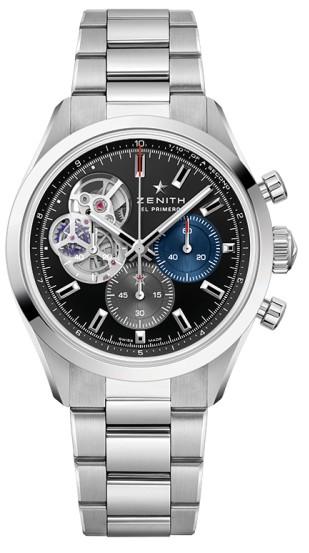
 Uhrinstinkt Magazine
Uhrinstinkt Magazine
